

Admiring the Seasons Through Words
|
The concept of seasonality is considered an important part of Japanese culture, and is commonly observed through festival celebrations and food. There are festivals that mark seasonal weather patterns like the heat of summertime and the peak of snowfall, and yearly practices like rice-planting season and Hina Matsuri. Food-wise, restaurant menus change regularly, serving dishes made with vegetables and fish that fit the current season.
Seasons also feature prominently in Japanese art, especially in its literature. Kigo (季語), or seasonal words in English, are a category of expressions that are associated with a particular season. The rules of governing the structure of Japanese poetry mean that each stanza can only contain a certain number of mora1 - many of us may be familiar with the 5-7-5 structure of haiku - and as such, the use of kigo provides great “economy of expression,” helping to refer to the season in which the particular poem is set with just one word or phrase. There are several categories of kigo that can be observed in Japanese. Seasons can be directly mentioned, in particular, the beginning and peak of the seasons, the warmth and cold, and the traditional Japanese names for months. Besides direct references to seasons, kigo can also come from plants, animals, geography, astronomy, and human practices, among others. With such an abundance of expressions, poets are able to create lusciously descriptive poems with succinct language. |
|
Spring Kigo
Poems set in spring predictably feature kigo that have to do with spring blossoms, such as cherry blossoms (which is interestingly described using 花 ‘hana’ instead of 桜 ‘sakura’) and plum blossoms (梅 ‘ume’). Birds like the bush warbler (鶯 ‘uguisu’) and swallow (燕 ‘tsubame’), and butterflies, are also often mentioned to pinpoint the season of spring. 古池や 蛙飛び込む 水の音 furuike ya / kawazu tobikomu / mizu no oto The ancient pond — A frog jumps in, The sound of the water. (Note: English translation by Donald Keene) This poem is by famed haiku poet Matsuo Basho, and is one of the most recognisable haiku in the world. The frog (蛙 ‘kawazu’) in this poem is the springtime kigo: it spends winter underground and only emerges in spring. Summer Kigo After the gentle new beginnings of spring, summer comes forth with expressions that vividly describe the heat of the season. Some examples include weather phenomena like thunder and rain; summertime activities like rice-planting and festivals; seasonal animals like fireflies and sweetfish; and cool imagery of waterfalls and springs. 目には青葉 山ほととぎす 初鰹 me ni wa aoba / yama hototogisu / hatsugatsuo A view of greenery, a wild cuckoo, the first bonito (Note: English translation by Edward G. Seidensticker) In this poem, Sodo Yamaguchi cleverly inserts a kigo in each line to illustrate the beauty of summer that we can experience through each of our senses: we gaze upon the lush greenery (青葉 ‘aoba’), our ears listen to the birdsong of summer birds like the cuckoo (ほととぎす ‘cuckoo’), and we savour the taste of the season’s first bonito (初鰹 ‘hatsugatsuo’). 静けさや 岩に染み入る 蝉の声 shizukesa ya / iwa ni shimi iru / semi no koe Quietness: seeping into the rocks, the cicada’s voice (Note: English translation by Donald Keene) Summer kigo can be supplemented with other descriptive imagery to help readers derive a sense of cool relief. In this poem by Matsuo Basho, the cicada (蝉 ‘semi’) is what represents the height of summertime. The cicada is a recognisable icon of Japanese summers. Known as the loudest insects in the world, they emerge from the earth after the early summer’s rain with deafening screeches to attract mates. However, this poem describes a cool, quiet spot in the mountains, where one can escape from the loud summer cries of cicadas. |
 © photoAC 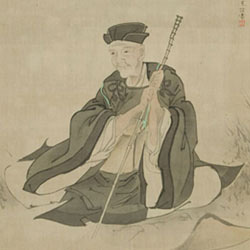 © The Basho Museum, Koto ward, Tokyo 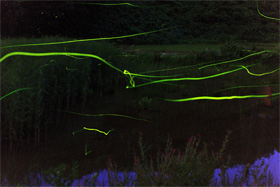 © pakutaso 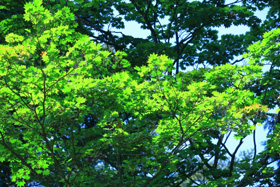 © photoAC 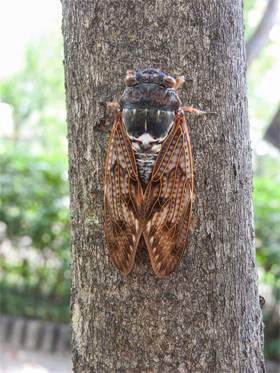 © pakutaso |
|
Autumn Kigo
The night sky provides a variety of kigo for autumn. Autumn is when the moon is the brightest and the Milky Way is most visible, and as such, both the terms Harvest Moon (名月 ‘meigetsu’) and Milky Way (天の川 ‘amanogawa’) are used as autumn kigo. Kigo for the season can also be derived from nature, like dew (露 ‘tsuyu’), persimmons (柿 ‘kaki’), and autumnal colours (紅葉 ‘momiji’). 稲妻に こぼるる音や 竹の露 inazuma ni / koboruru oto ya / take no tsuyu Flash of lightning, I hear dews drop From bamboos (Note: English translation by Shoji Kumano) In this poem, poet Yosa Buson makes use of two kigo, lightning (稲妻 ‘inazuma’) and dew (露 ‘tsuyu’), to describe an autumnal scene. Although dew can be observed throughout the year, it is most often seen during autumn and signifies the end of a humid summer. Winter Kigo For winter, weather phenomena like frost (霜 ‘shimo’) and snow (雪 ‘yuki’) are used to describe the cold, while words like fireplace (炉 ‘ro’) fill readers’ minds with warm imagery. Seafood that comes into season in winter, like yellowtail (鰤 ‘buri’), oysters (牡蠣 ‘kaki’) and blowfish (河豚 ‘fugu’), are also commonly used kigo for the season. 似合わしや 女坂下る 紙衣達 niaishiya / mezakakudaru / kamikotachi Well matched! Stylish paper coats go down the gentler slope (Note: English translation by Chris Drake) The kigo used in this poem by Issa Kobayashi is kamiko ‘紙衣’. Kamiko is a type of outerwear worn by Japanese in the past; these coats were made of thick, durable washi paper and were coated with tannins to make them resistant against the wet and cold weather of winter. This poem is injected with some humour, as Kobayashi describes a group of people taking the long route down a mountain path on purpose so as to show off their kamiko. Although not a season per se, the New Year also commands its own category of kigo in poems. These include words that describe elebratory traditions and practices such as first dream (初夢 ‘hatsuyume’) and hagoita (羽子板 , a game traditionally played during the New Year). |
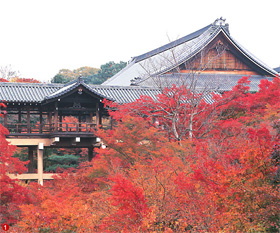 © Mizuno Katsuhiko 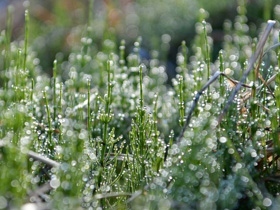 © pakutaso 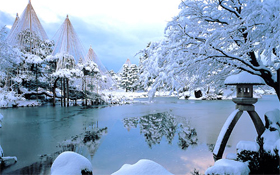 © JTB Photo 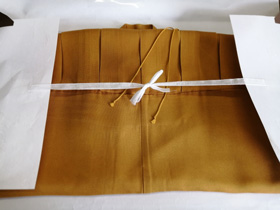 © photoAC 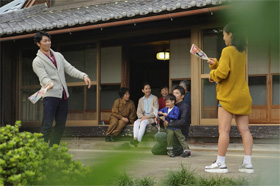 © Japan Up Close, Web Japan. |
| In this article, we’ve provided only a quick glimpse into the world of kigo and how entire scenes can be succinctly described in as short as 17 mora. Indeed, there are plenty more seasonal expressions used in poetry, and even rules that govern how and which kigo can be used in different types of poems. The next time you encounter haiku, why not try guessing the season it is set in by analysing the kigo the poets use? |
1 Mora are not to be confused with syllables, though both are similar in concept: while one syllable refers to one unit of sound, mora are rhythmic units and one kana is equal to one mora. As such, the word Tōkyō (東京/to-u-kyo-u) is made up of 2 syllables, but has 4 mora.
Resources
|
Kobayashi Issa. (2013, December, 19). 似合しや女坂下る紙衣達 [Facebook status update]. http://www.facebook.com/470056889728742/photos/a.473354106065687/616887518379011 |
|
Japan Creative Centre 4 Nassim Road, Singapore 258372 +65 6737 0434 / jcc@sn.mofa.go.jp https://www.sg.emb-japan.go.jp/JCC/ Nearest parking at Orchard Hotel & Delphi Orchard |
 |